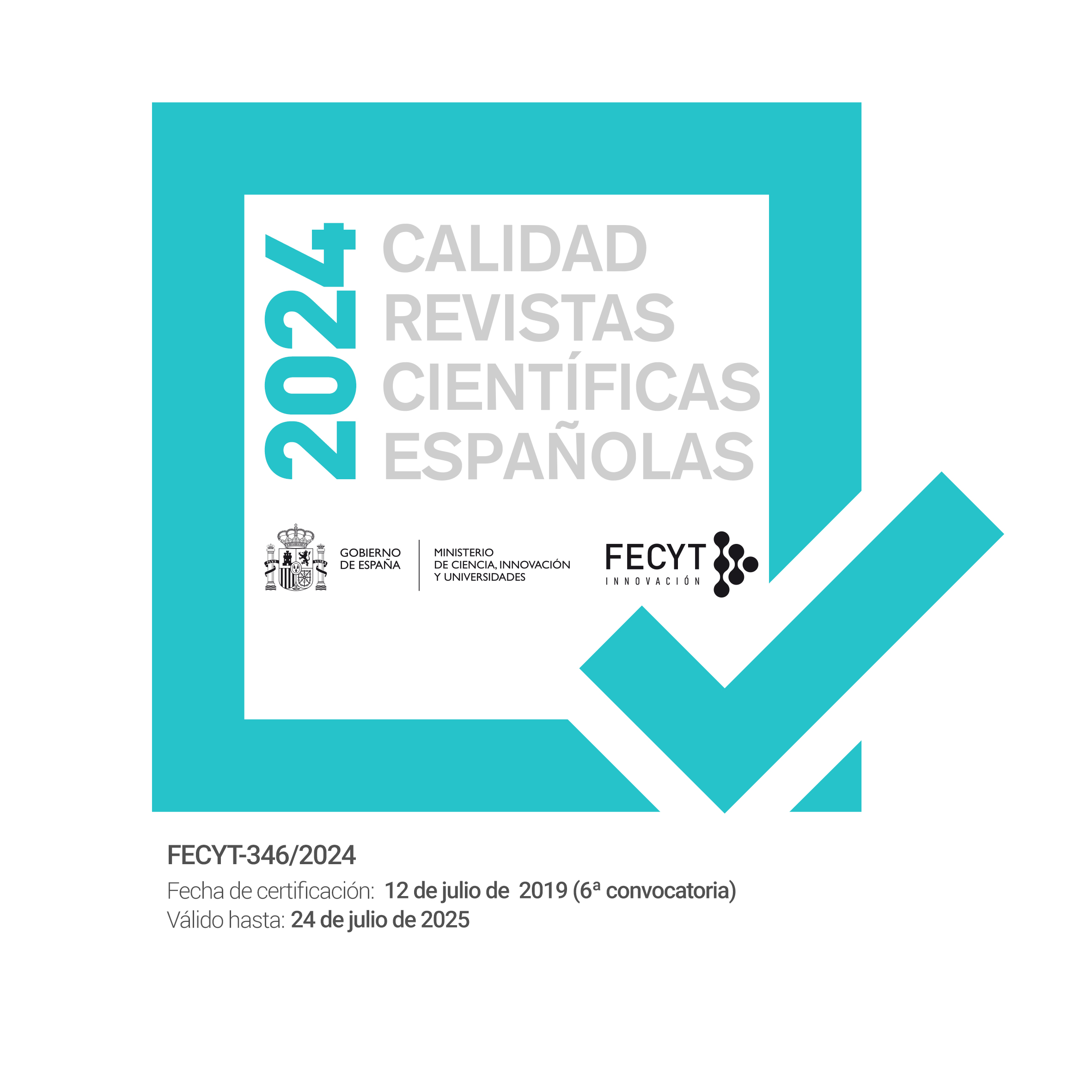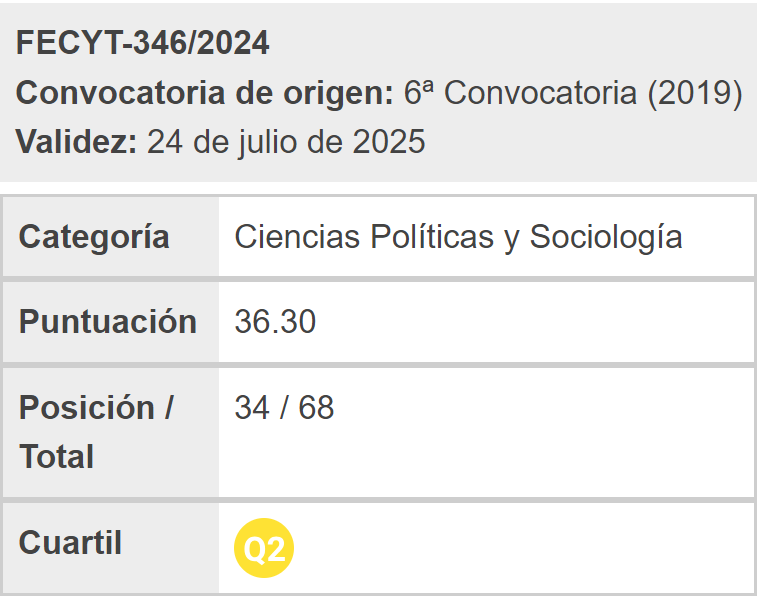Clases populares en Argentina: cambios recientes en su composición ocupacional (1998-2015)
Palabras clave:
clases populares, clase obrera, asalarización, calificación, acceso a seguridad social.Resumen
La desindustrialización que acompañó la apertura económica y la desarticulación del Estado de Bienestar durante la dictadura y con mayor profundidad en la década de 1990, tuvieron efectos regresivos sobre la estructura social. Una de las consecuencias más importantes fue la desestructuración y reducción de la clase obrera industrial, que había sido durante el período de industrialización por sustitución de importaciones el núcleo más dinámico de las clases populares. En la última década, en el marco de un elevado crecimiento económico apoyado en la exportación de commodities y sobre todo en la expansión del mercado interno, el giro en el modelo de desarrollo se ha orientado a favorecer al sector productivo. Si bien hay consenso sobre los efectos favorables de estos procesos en las tendencias de empleo, existen divergencias acerca de su impacto en la estructura de clases.
En este trabajo nos proponemos analizar la evolución del volumen y composición de las clases populares, en particular de la clase obrera, entre 1998 y 2013. Específicamente, analizaremos qué tipo de reconfiguraciones se produjeron en las clases populares a partir de identificar fracciones según el tipo de ocupación, la calificación y la condición de registro en la seguridad social.
Descargas
Descargas
Publicado
Cómo citar
Número
Sección
Licencia
Los autores/as conservan los derechos de autor y ceden a la revista el derecho de la primera publicación, con el trabajo registrado con la licencia de atribución de Creative Commons Reconocimiento-NoComercial (CC-BY 4.0), que permite a terceros utilizar lo publicado siempre que mencionen la autoría del trabajo y a la primera publicación en esta revista. Encrucijadas permite y se anima a todas las personas autoras a depositar la versión final publicada en repositorios institucionales o temáticos de acceso abierto, cumpliendo en caso necesario los términos establecidos por la entidad financiadora de la investigación.




